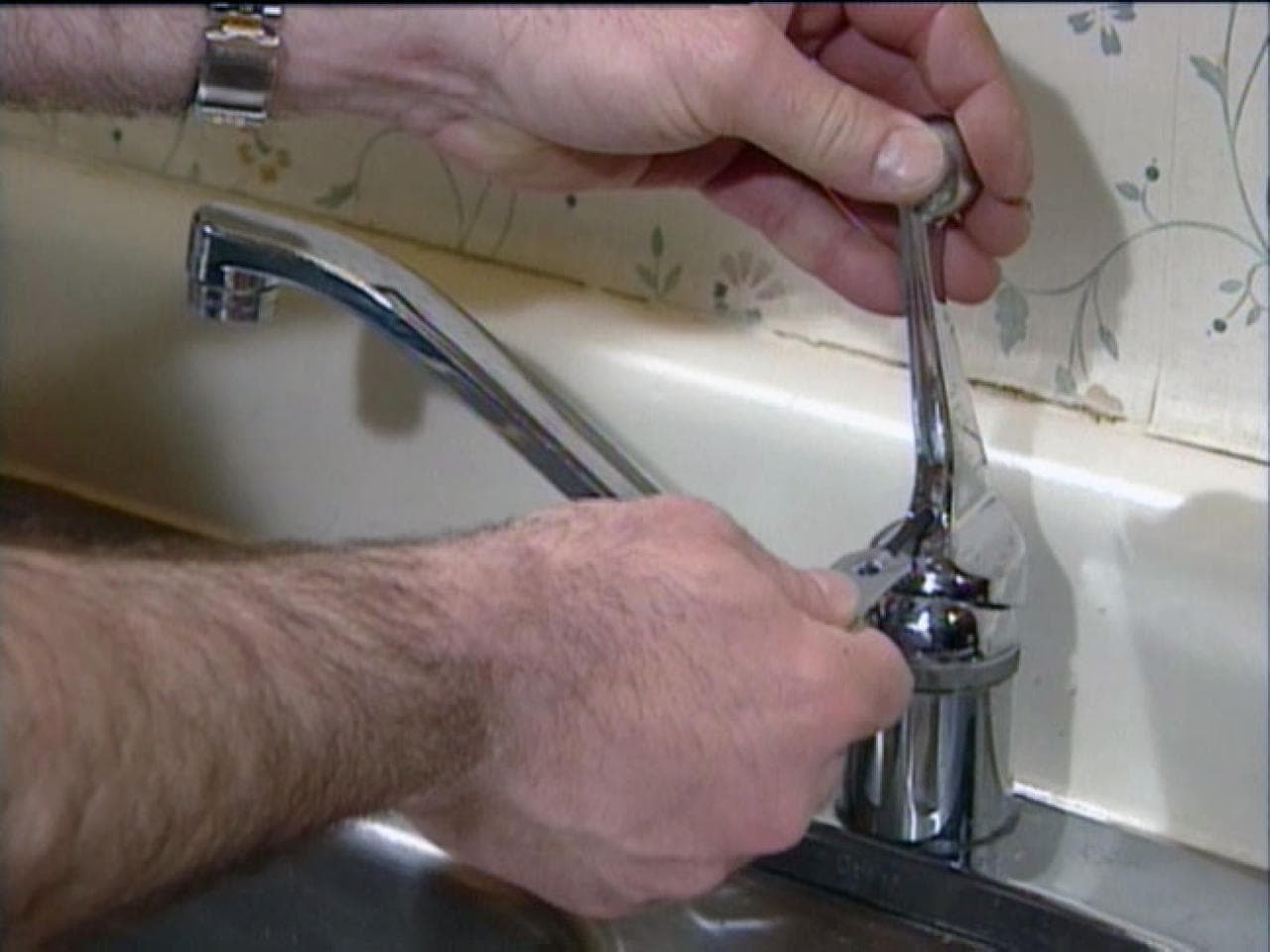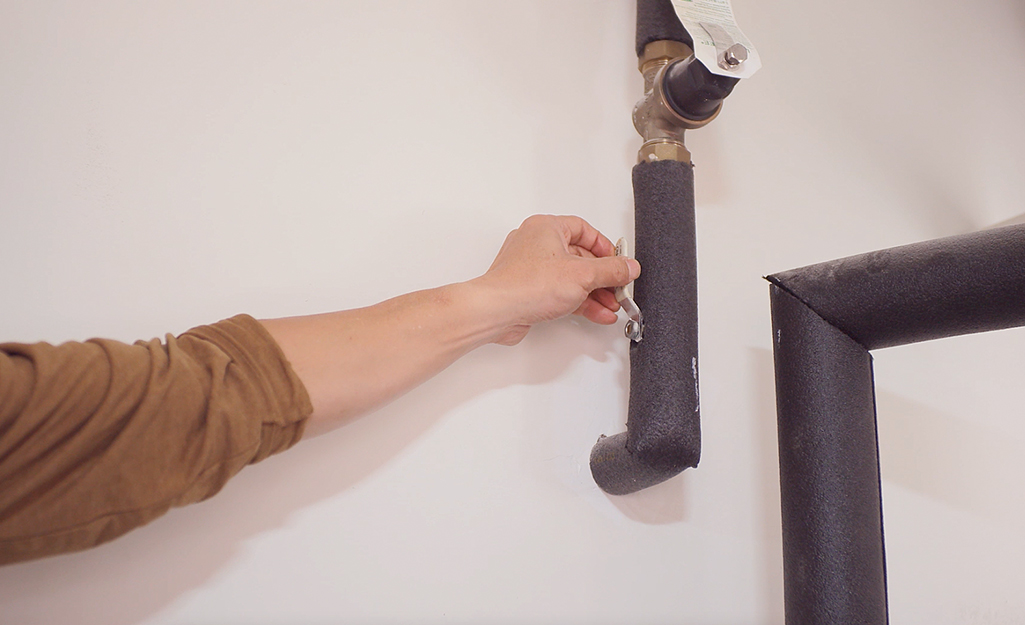My Reasons Behind Fixing a Faulty Faucet
My Reasons Behind Fixing a Faulty Faucet
Blog Article
In this article underneath you can discover a bunch of professional details on the subject of Why It's Important to Fix Leaky Faucets.

Leaking faucets could feel like a minor aggravation, but their influence goes beyond just the nuisance of the audio. From drainage to sustaining unneeded economic prices and wellness threats, ignoring a leaking faucet can result in various consequences. In this article, we'll delve into why it's crucial to address this usual family problem without delay and effectively.
Waste of Water
Ecological Effect
Dripping taps add substantially to water wastage. According to the Environmental Protection Agency (EPA), a solitary faucet dripping at one drip per secondly can waste greater than 3,000 gallons of water annually. This not just stress water resources however also influences environments and wildlife depending on them.
Financial Costs
Increased Water Expenses
Beyond the ecological influence, leaking taps can inflate water expenses significantly. The collected waste gradually translates into higher energy expenditures, which might have been prevented with timely repairs.
Prospective Home Damage
Additionally, prolonged trickling can cause harm to fixtures and surfaces surrounding the faucet. Water buildup can create discoloration, rust, and even structural concerns if left ignored, causing extra repair work costs.
Wellness Worries
Mold and Mold Development
The constant visibility of moisture from a trickling tap creates an excellent atmosphere for mold and mildew and mildew development. These fungi not just compromise indoor air top quality but additionally present health dangers, specifically for people with respiratory problems or allergic reactions.
Waterborne Diseases
Stagnant water in leaking taps can come to be a breeding ground for microorganisms and various other pathogens, enhancing the risk of waterborne conditions. Impurities such as Legionella bacteria thrive in stationary water, potentially causing major health problems when consumed or inhaled.
Do it yourself vs. Professional Repair
Advantages and disadvantages of Do It Yourself Fixing
While some may try to repair a trickling tap themselves, do it yourself fixings come with their own collection of obstacles. Without correct knowledge and tools, DIY attempts can worsen the issue or lead to insufficient repair work, extending the problem.
Benefits of Hiring an Expert Plumber
Employing a specialist plumber ensures that the underlying root cause of the trickling faucet is attended to effectively. Plumbing technicians have the experience and tools to detect and fix tap concerns successfully, conserving time and reducing the risk of further damages.
Step-by-Step Guide to Fixing a Dripping Faucet
Devices Needed
Before trying to take care of a leaking faucet, collect the necessary devices, including a flexible wrench, screwdrivers, replacement components (such as washing machines or cartridges), and plumber's tape.
Common Tap Issues and Their Solutions
Identify the sort of faucet and the details concern causing the drip. Typical problems include damaged washers, rusty shutoff seats, or defective O-rings. Describe manufacturer directions or on-line tutorials for step-by-step advice on repairs.
Safety nets
Normal Upkeep Tips
To prevent dripping faucets, do regular upkeep such as cleansing aerators, inspecting for leakages, and changing damaged components immediately. In addition, take into consideration mounting water-saving tools or updating to a lot more efficient fixtures.
Value of Prompt Services
Dealing with trickling faucets as soon as they're discovered stops more water wastefulness and possible damages, ultimately saving both water and money in the long run.
Impact on Residential Property Worth
Assumption of Well-Maintained Residential Or Commercial Property
Maintaining a residential property in good condition, including dealing with upkeep problems like trickling faucets, improves its regarded worth and value among possible purchasers or occupants.
Impact on Resale Value
Residences with properly maintained plumbing components, consisting of taps, command higher resale values in the property market. Addressing dripping faucets can contribute to a positive perception during property evaluations and negotiations.
Environmental Responsibility
Individual Payment to Preservation
Taking duty for taking care of leaking faucets aligns with more comprehensive initiatives toward water conservation and ecological sustainability. Every individual's actions jointly make a considerable impact on maintaining valuable resources.
Lasting Living Practices
By prioritizing punctual repair services and adopting water-saving behaviors, individuals add to lasting living practices that profit both present and future generations.
Final thought
Addressing a leaking tap exceeds plain convenience; it's a crucial step toward preserving water, lowering financial expenses, and securing wellness and home. Whether with do it yourself fixings or specialist assistance, taking action to take care of trickling faucets is a tiny yet impactful method to promote liable stewardship of resources and add to a healthier, a lot more lasting future.
How to Fix a Dripping or Leaky Faucet
A leaking faucet is one of the most common problems that homeowners encounter, but it being commonplace doesn’t make it any less annoying. The constant drip drip drip of a leaking bathtub faucet, showerhead, or sink tap can disturb your home’s serenity. Left neglected, a dripping faucet can also result in higher water bills and discoloration or mold growth in your sink or plumbing fixtures.
Fortunately, you don’t have to be a trained plumber to know how to stop a dripping faucet. With some basic tools, replacement parts, and a little patience, leaky faucet repair is a breeze. In this article, we’ll explain what causes dripping faucets and how you can fix them.
What Causes a Leaking Faucet?
Kitchen and bathroom faucets come in all manner of designs, but most involve some combination of valves, O-rings, seals, and washers. The O-ring is usually the weakest link, but any one of these pieces can wear down over time. Heat, moisture, temperature fluctuations, minerals, mold, and movement can contribute to warping and corrosion, breaking the watertight seal. This just comes with the territory of being a homeowner. Everything is always subject to wear and tear, and some component parts of your appliances and fixtures need to be replaced on occasion. At least replacement O-rings are cheap!
More rarely, dripping faucets can be a symptom of excessively high water pressure. Were this the case in your home, you would probably notice that the leak is not isolated to one faucet. Water pressure issues are harder to resolve on your own. We recommend contacting a professional plumber if you suspect your water pressure is too high.
How to Fix a Dripping Faucet
Pipe wrench or monkey wrench Allen wrench set Screwdrivers Old towel or rag Shut off the water.
Before you do anything, you need to turn off the water to keep from drenching your kitchen or bathroom. You should find a valve under the sink and against the wall. Once you’ve turned this valve, try turning the faucet on to confirm that the water source has been cut off.
If you can’t locate your local valve for the faucet you’re working on, you can always shut off the water to the house at the main valve. Of course, this will prohibit anyone from using the sinks, showers, or toilets while you’re working on the faucet that’s giving you trouble.
Plug or block the drain.
You’ll be disassembling the faucet and removing some small bits of hardware. Plug the drain with a stopper or rag to avoid the possibility of a small screw falling into your P-trap.
Take apart the faucet assembly.
There are several varieties of kitchen and bathroom faucets, each with its own manner of assembly. For detailed instructions on how to disassemble your faucet, you can refer to the fixture’s manual or contact the manufacturer. If you know whether you have a ball, disc, cartridge, or compression faucet, you can find detailed schematics online.
In general, you need to begin by removing the faucet handles. You might notice a small screw that you’ll need to remove with a screwdriver or Allen wrench. If you don’t see any visible securing hardware, it’s likely hidden under a decorative cap that can be unscrewed or popped off with flathead screwdriver.
Remove each piece methodically, consulting a schematic when necessary. Take notes or arrange the pieces in such a way to make it easier to correctly reassemble the faucet later.
Remove the cartridge.
Once you’ve removed the handles and securing hardware, you should be able to remove the valve cartridge or stem. Some cartridges will slide right out. Other faucet models will require you to loosen a nut with a pipe wrench before you can remove the valve stem.
Examine the exposed hardware.
With the cartridge or stem removed, inspect the component parts. Check the rubber O-rings for wear and tear. Also examine the seat washer for corrosion or other damage. These pieces are usually the responsible parties for a dripping faucet, but it’s worth inspecting the other component parts while you have the faucet disassembled.
Find replacement parts.
Once you’ve identified which faucet component has failed, find an identical replacement. Your local hardware store should have O-rings, seat washers, and other standard components in stock. If you have a luxury or uncommon faucet, you may have to contact the manufacturer for a replacement part.
It’s a good idea to take your old parts with you to the hardware store so you can compare them with the store’s inventory and be sure you’re purchasing the correct replacement.
Reassemble the faucet.
With your new parts in hand, reconstruct the faucet and handles. Don’t be tempted to overtighten screws or nuts. You might think this could create a better seal, but it can instead damage or bend a delicate part of the assembly and create a new problem for you.
Turn on the water and test the faucet.
The only thing left to do is test your work. Unplug the sink, turn the water back on, and try the faucet. Congratulate yourself on a job well done!
https://www.libertyhomeguard.com/how-to-fix-a-dripping-or-leaky-faucet/

I hope you enjoyed reading our excerpt about Leaky Faucets: Why They Happen & What to Do About Them. Thank you for finding the time to browse our piece. You should take a moment to distribute this page if you liked it. We value your readership.
Report this page